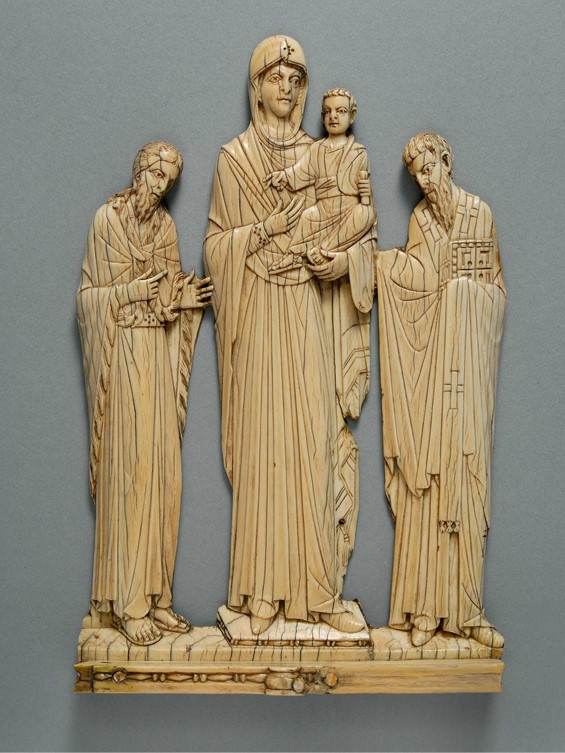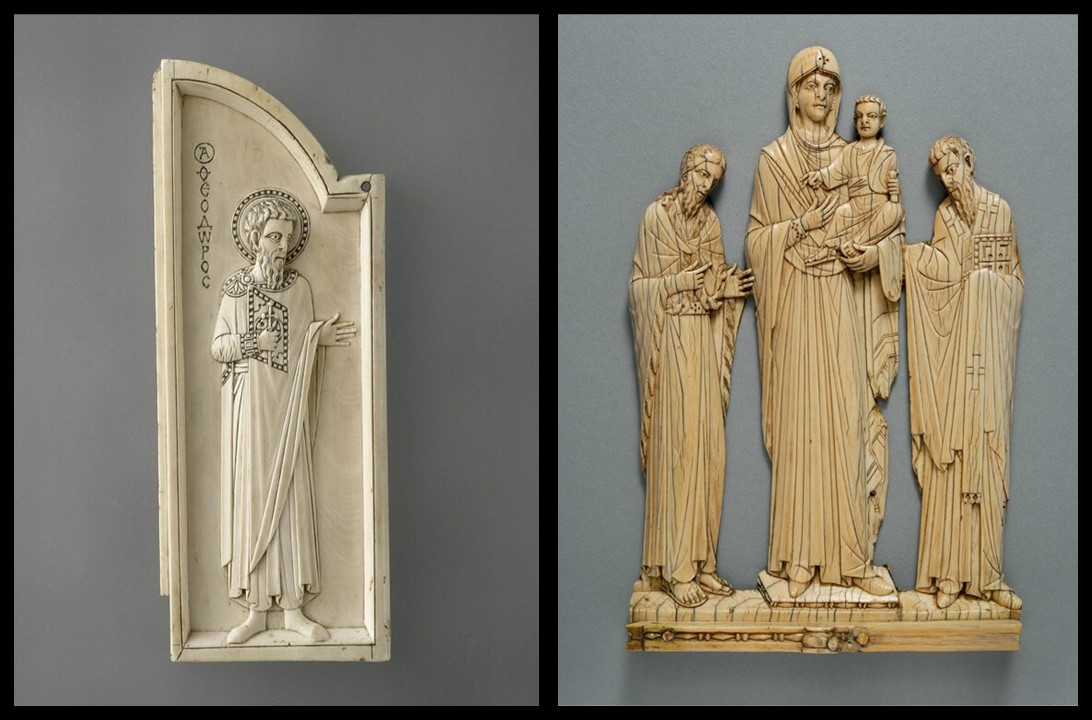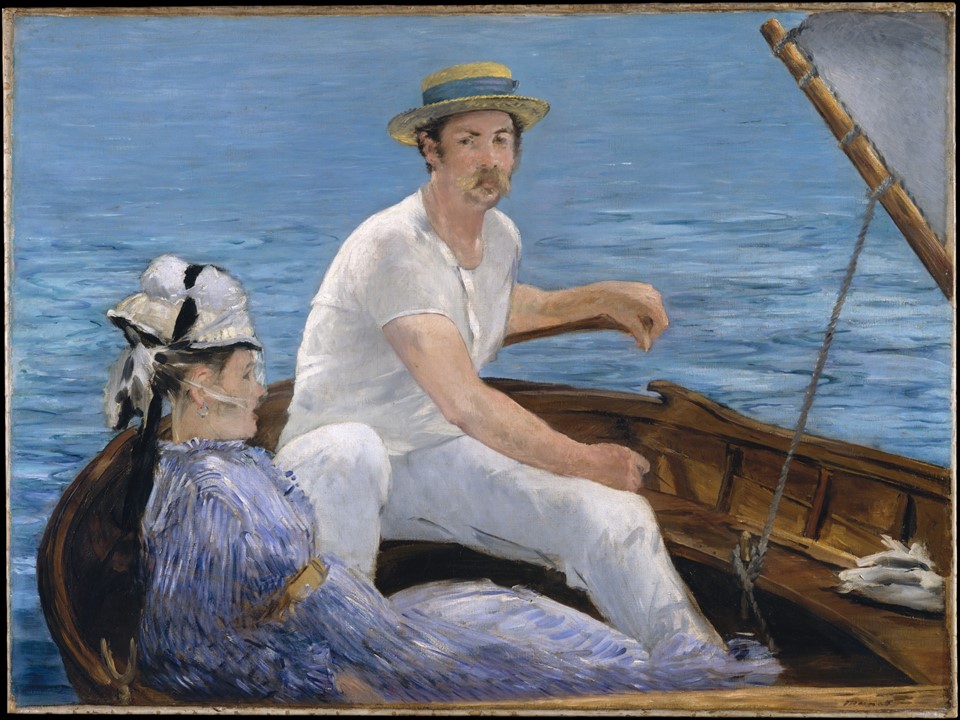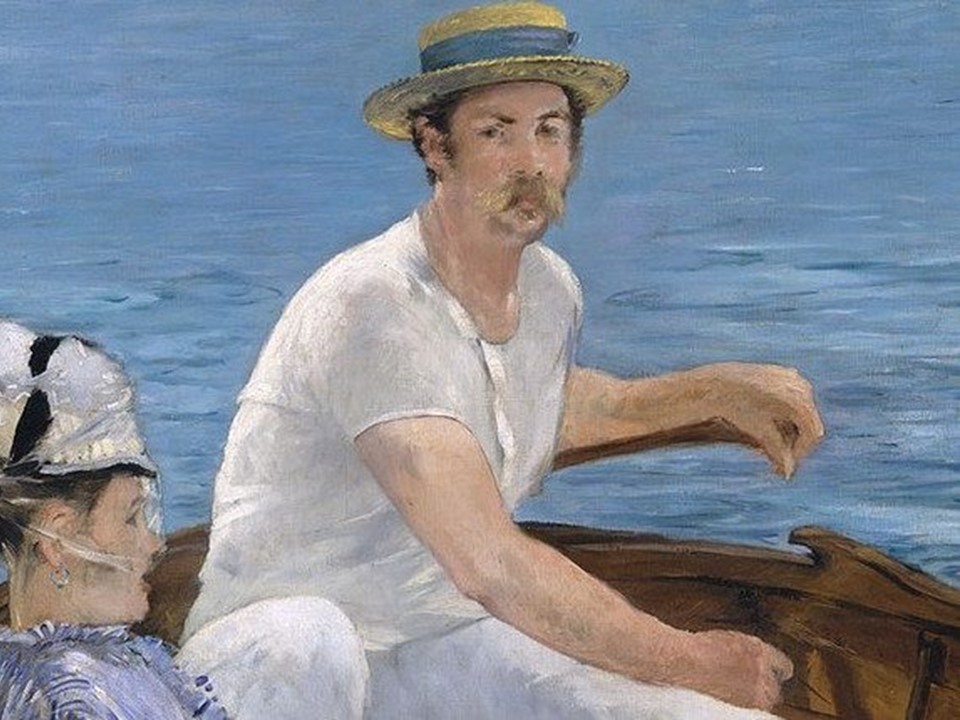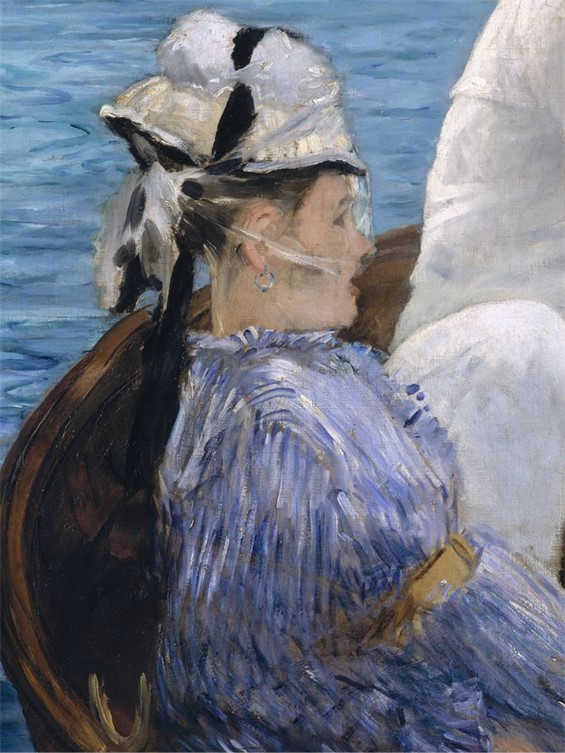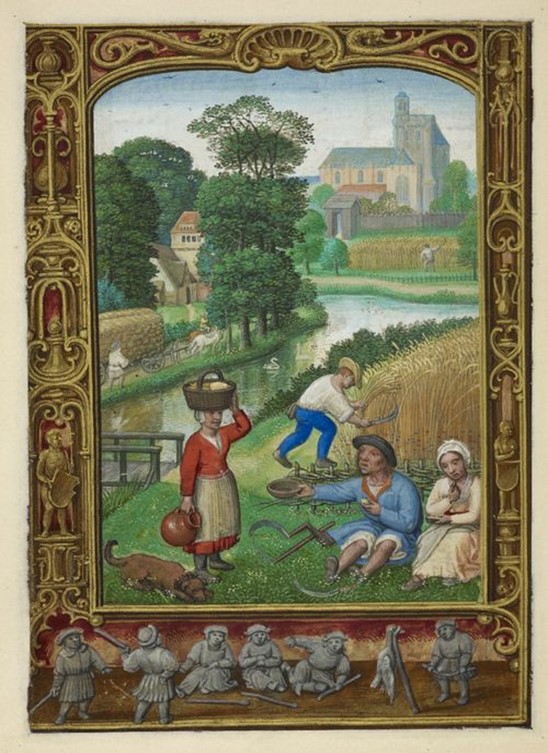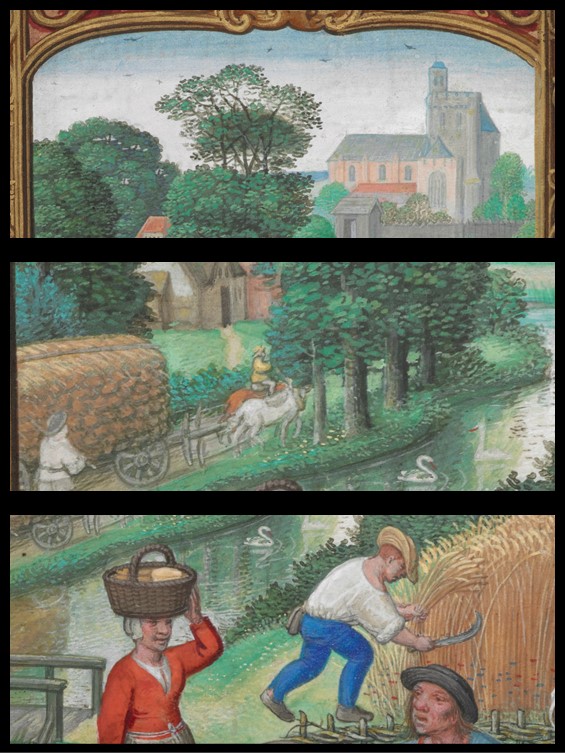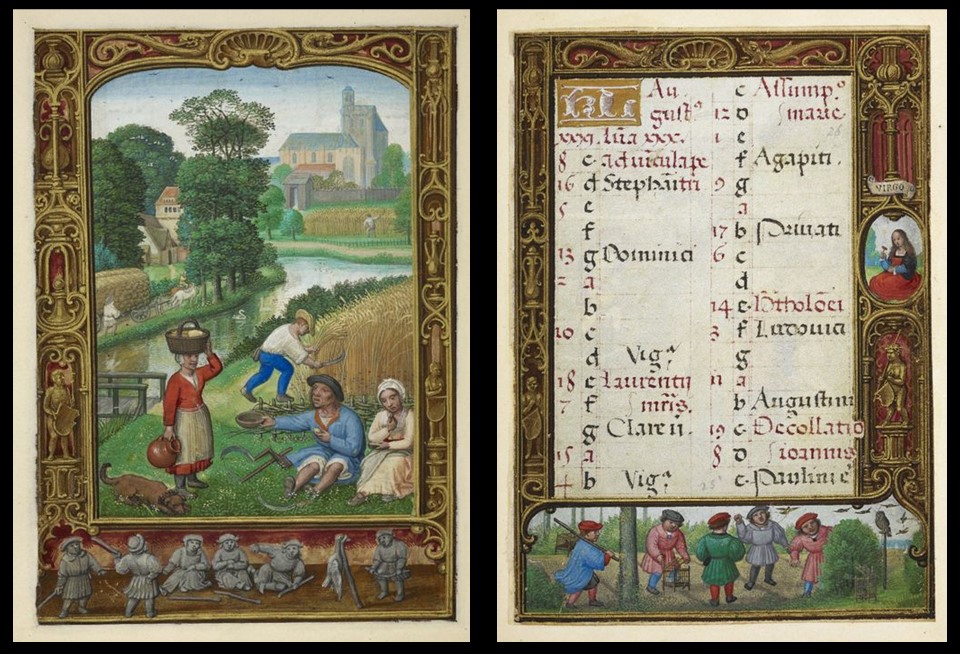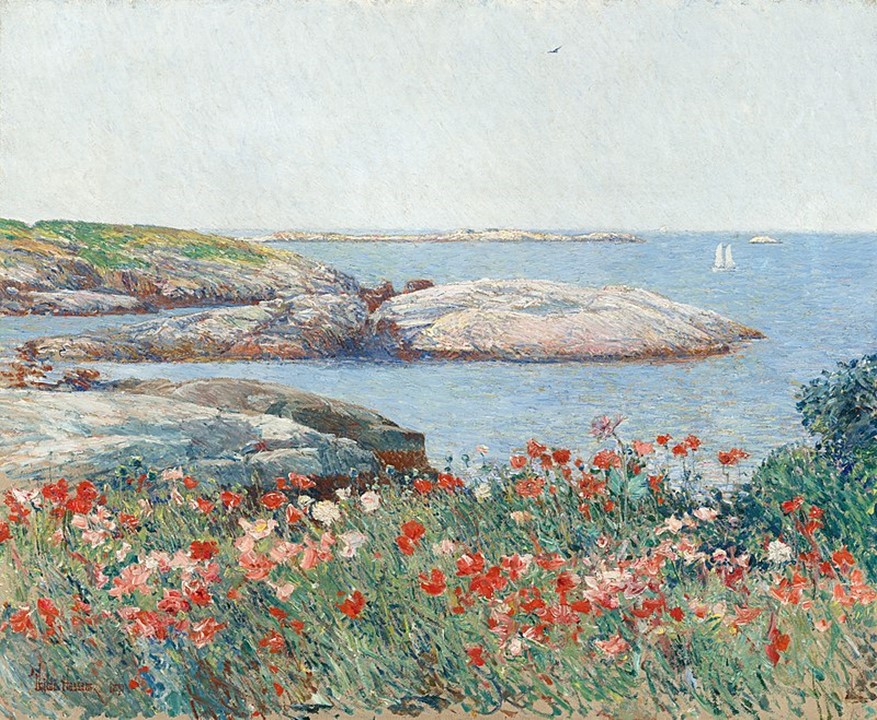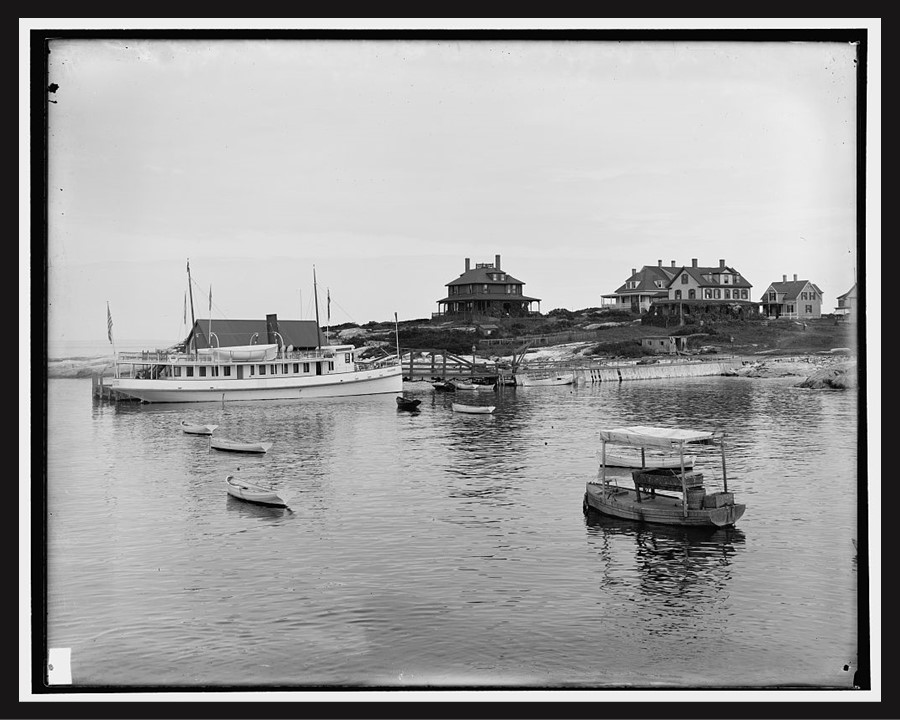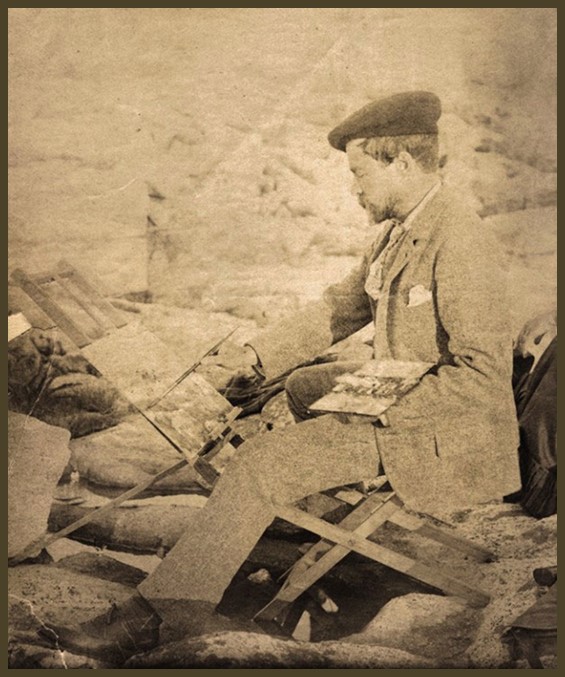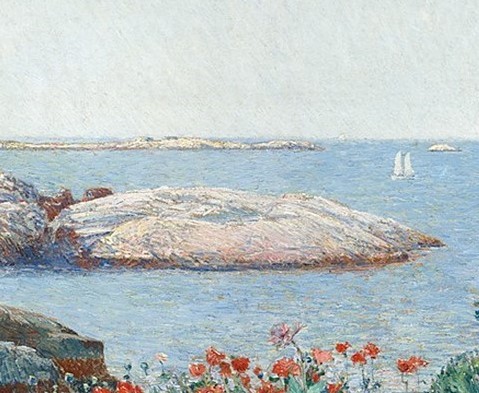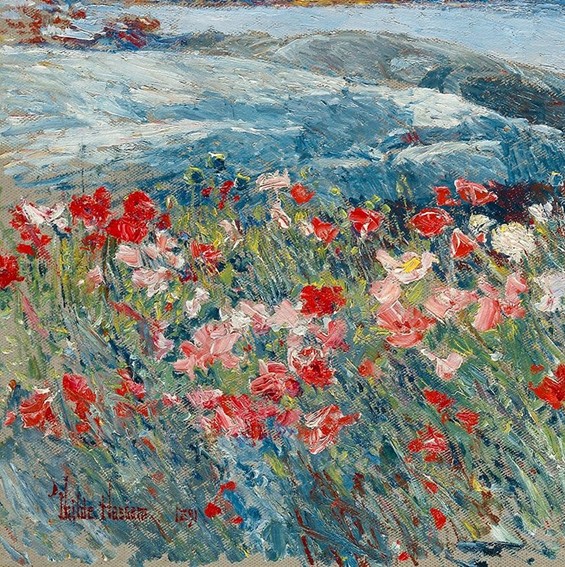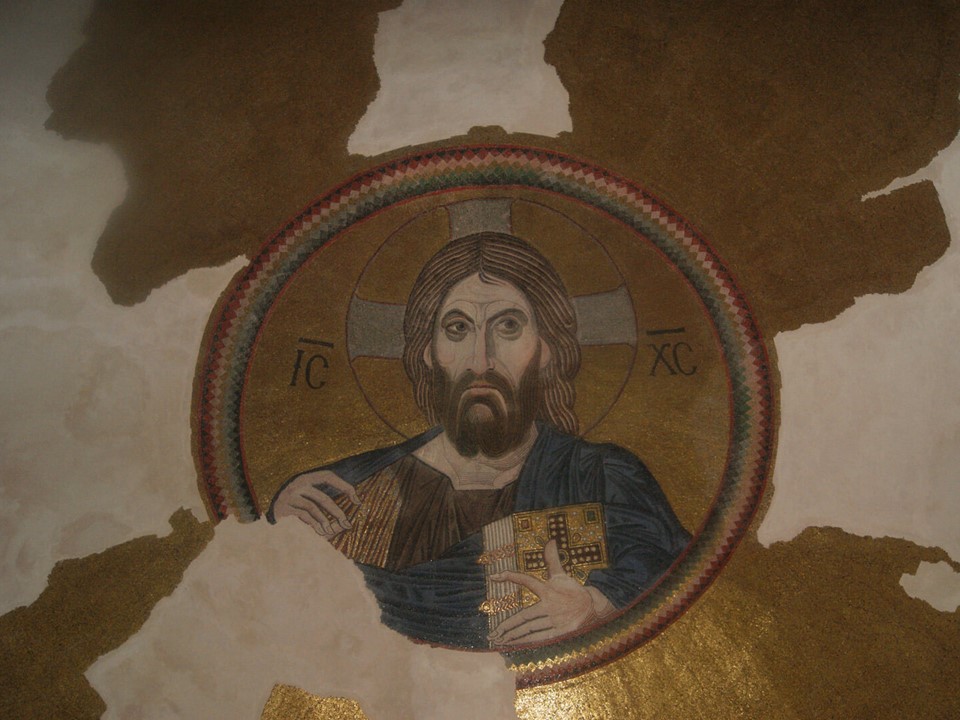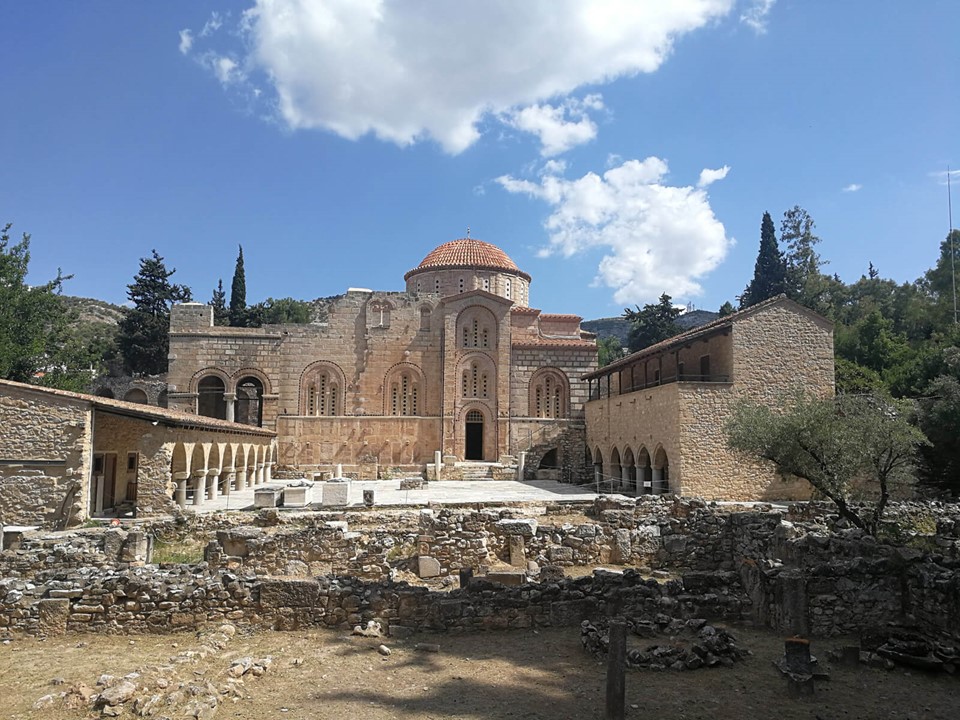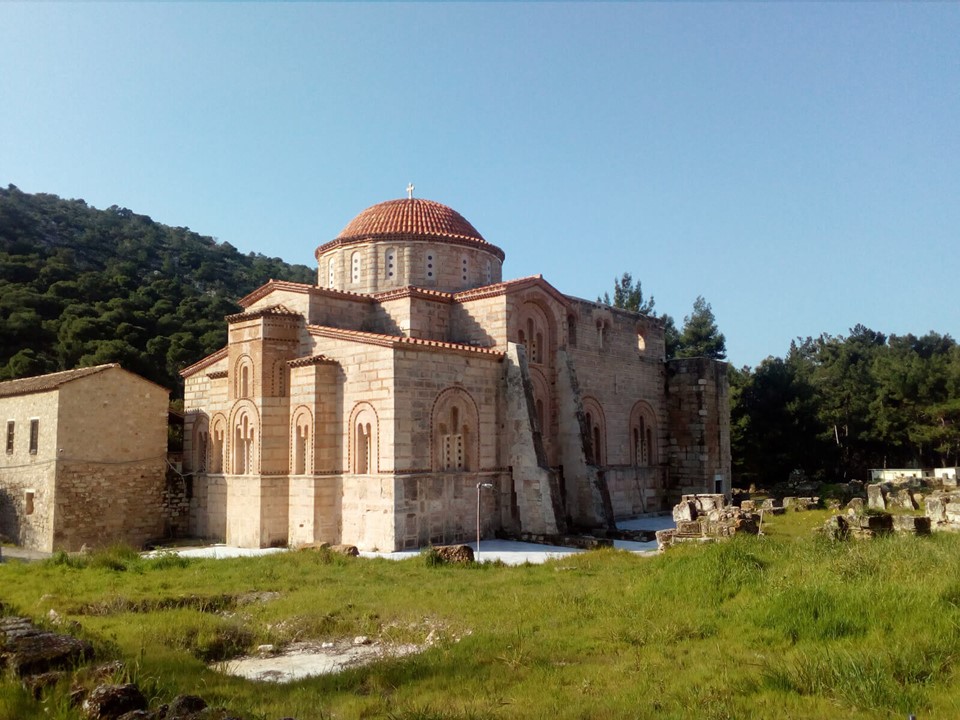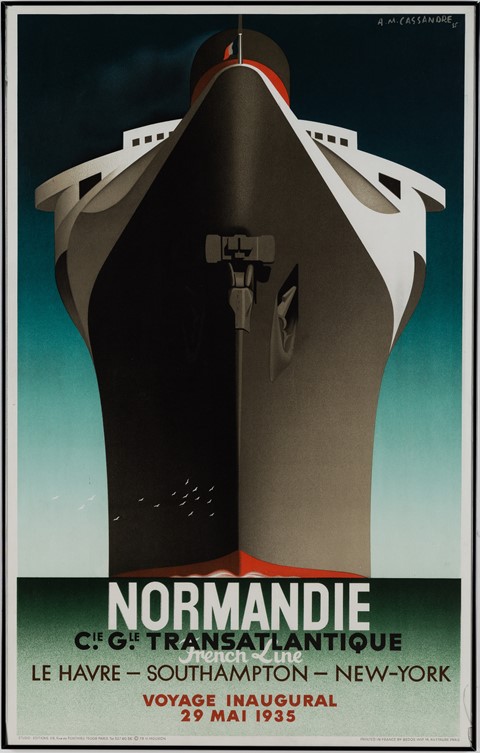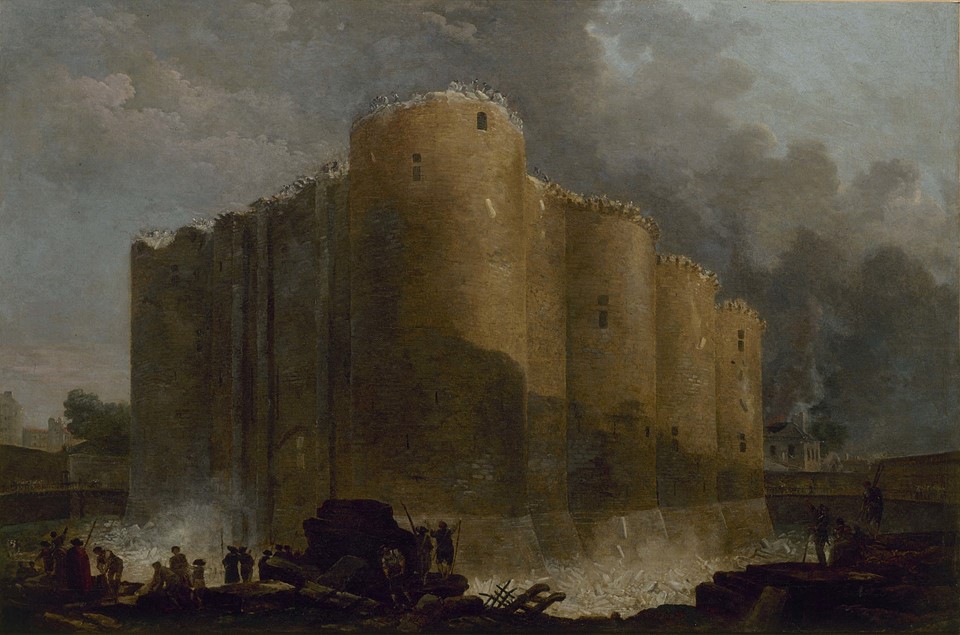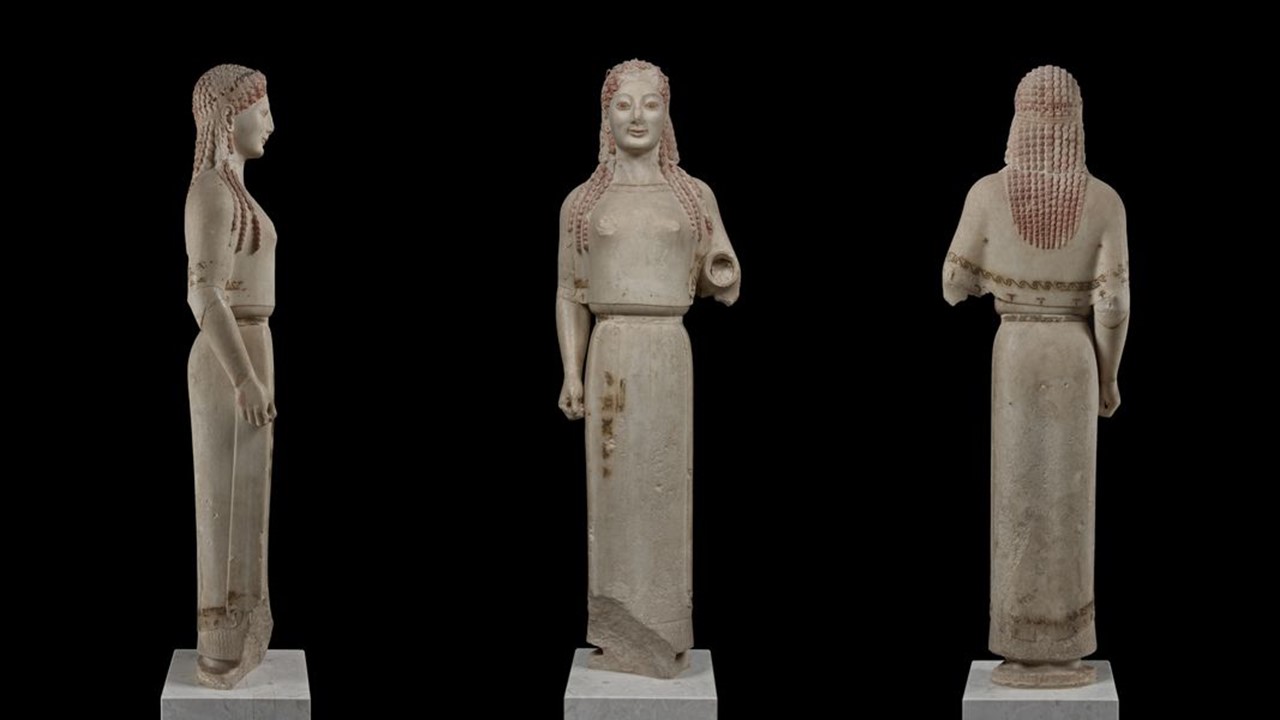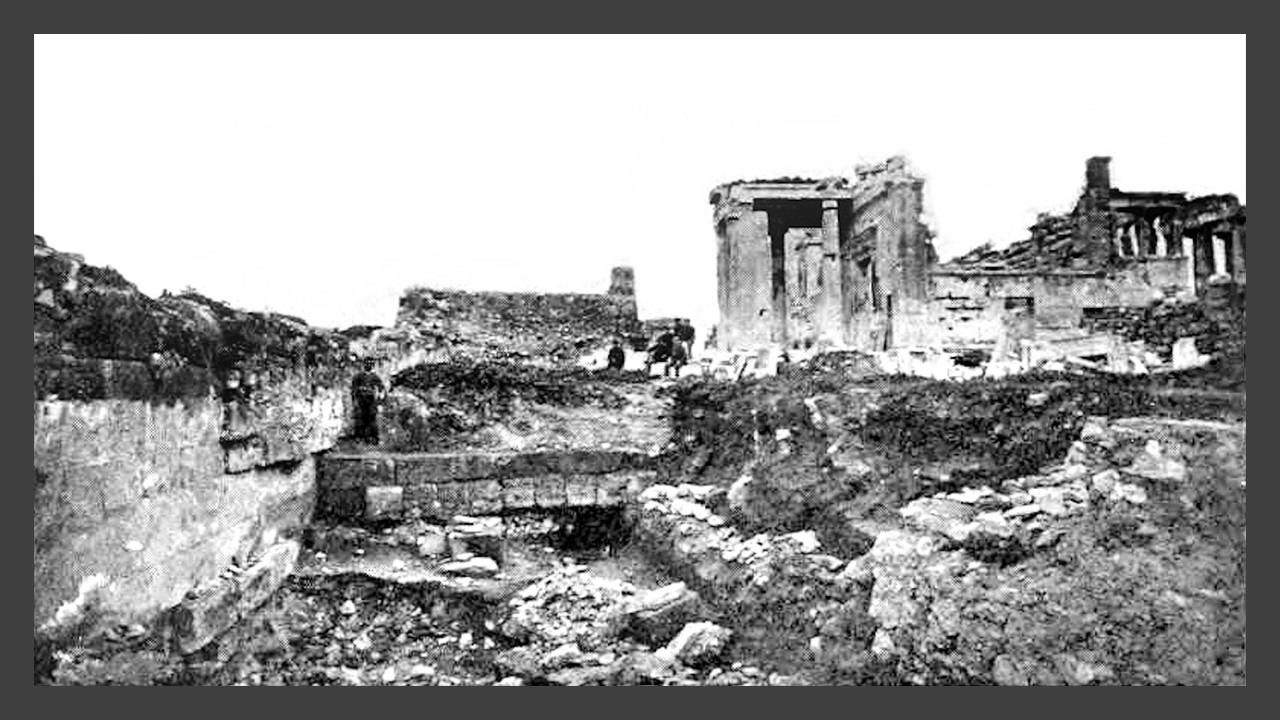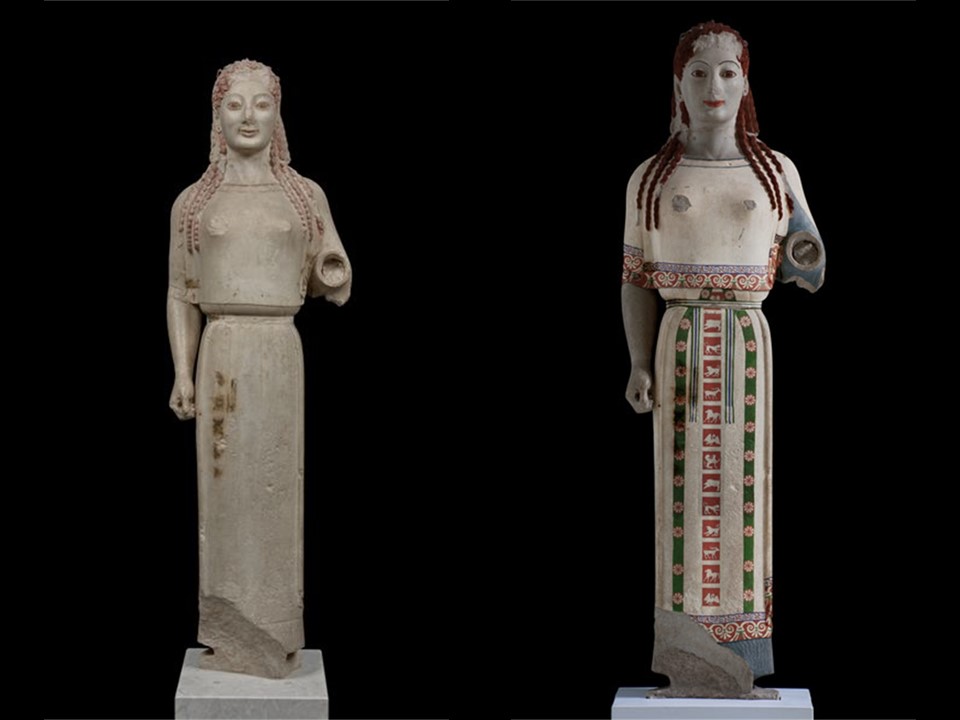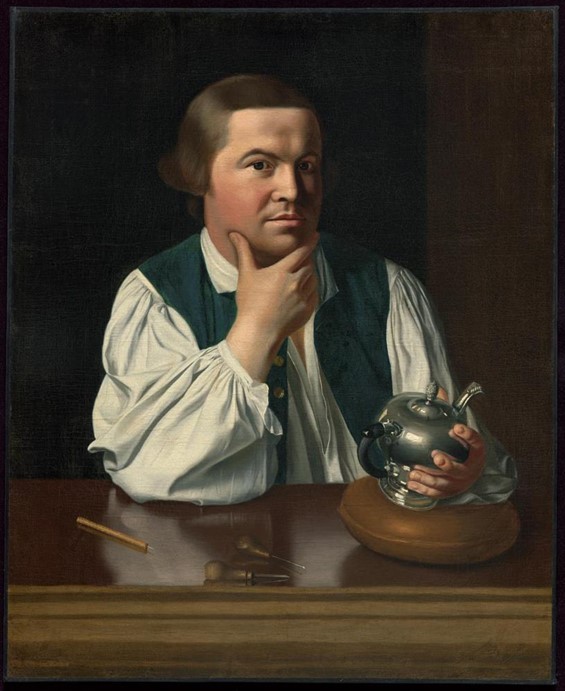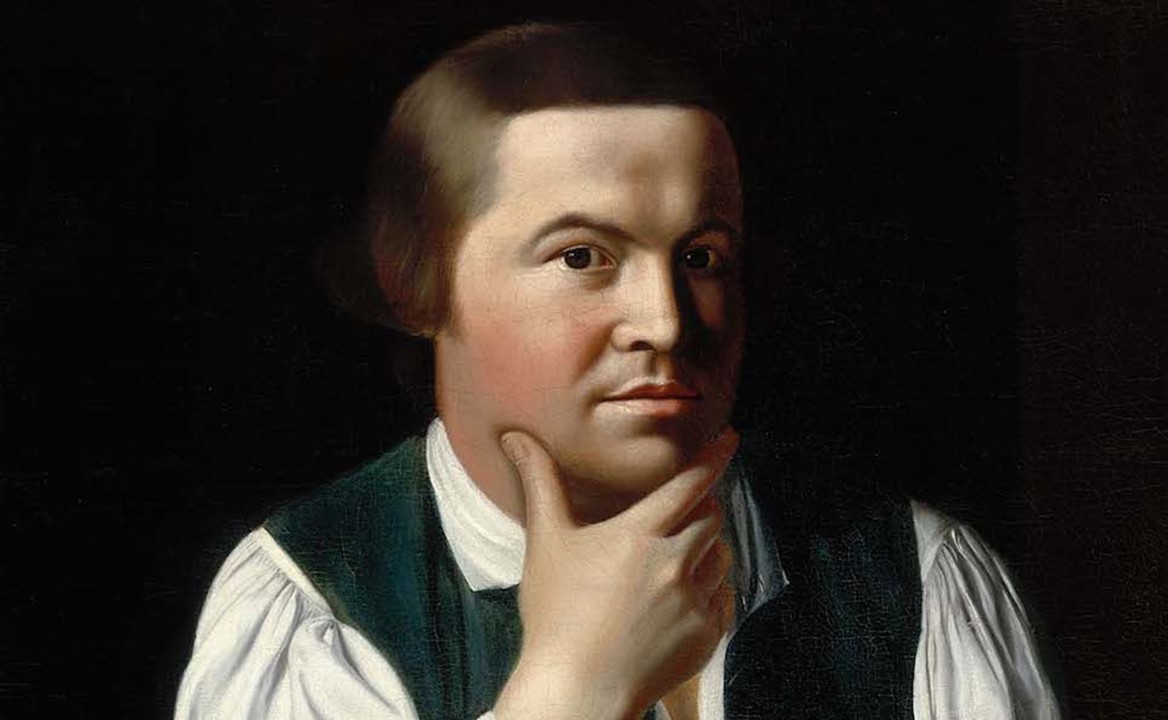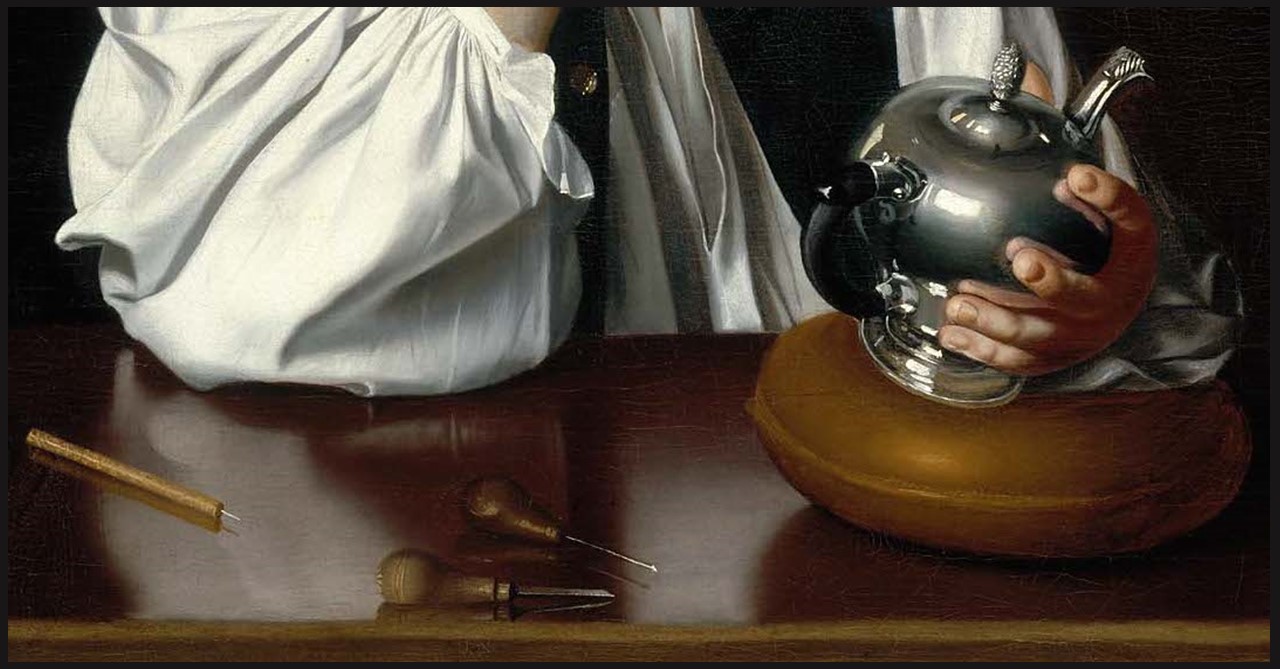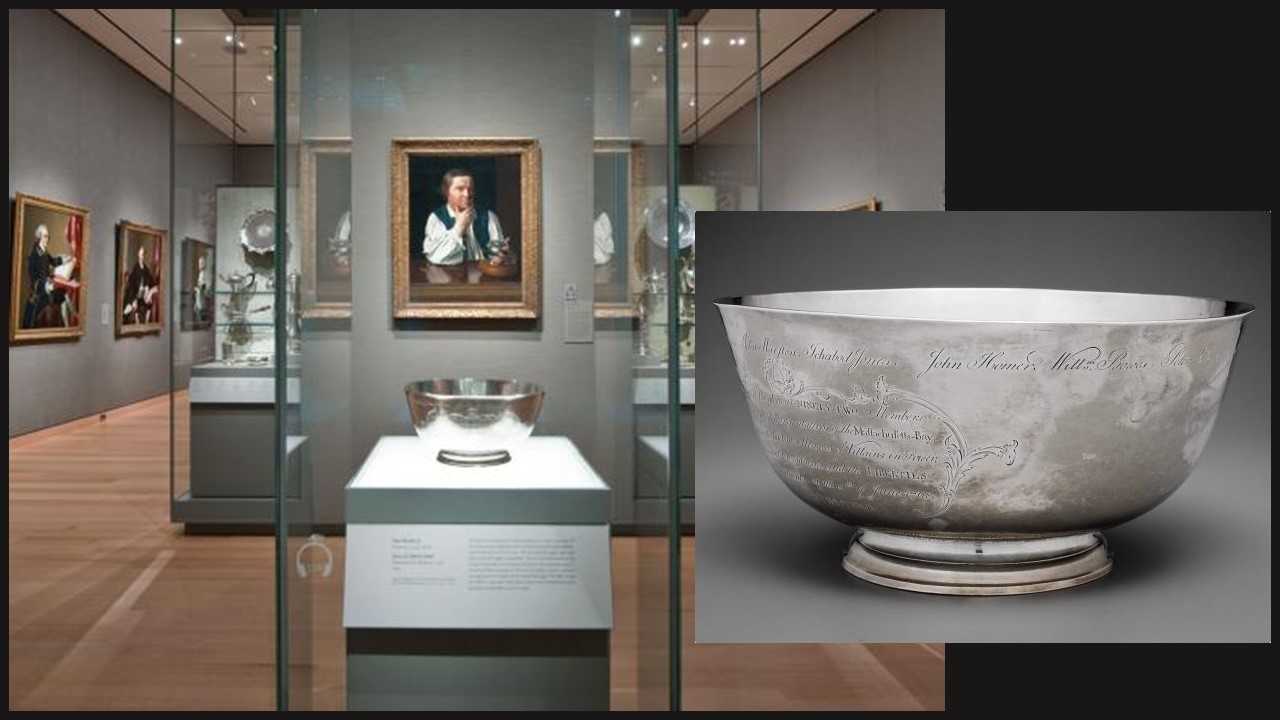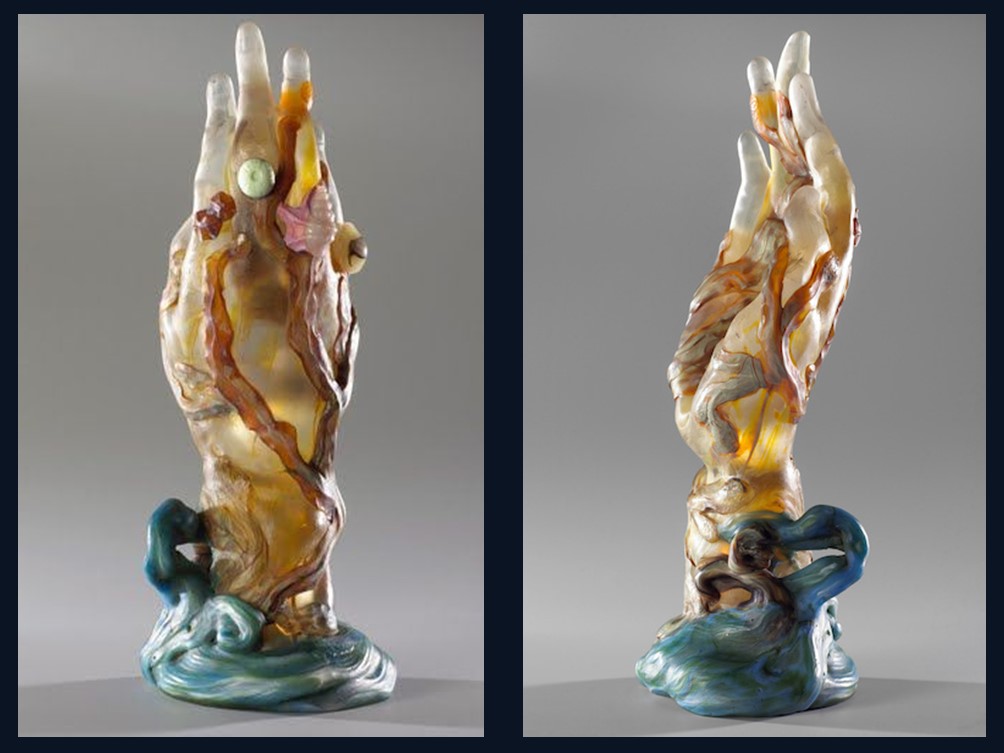
Hand With Seaweed and Shells, 1904, Glass modeled under heat with inclusions of metallic oxides, veins, applications in low and high relief and wheel engraving, 33.4 x 13.4 cm, Musée d’Orsay
https://www.musee-orsay.fr/en/exhibitions/hand-seaweed-and-shells-emile-galles-artistic-testament-196300 and https://gr.pinterest.com/pin/51791464437097192/
Charles Baudelaire wrote… Homme libre, toujours tu chériras la mer! / La mer est ton miroir; tu contemples ton âme / Dans le déroulement infini de sa lame, / Et ton esprit n’est pas un gouffre moins amer. / Tu te plais à plonger au sein de ton image; / Tu l’embrasses des yeux et des bras, et ton Coeur / Se distrait quelquefois de sa propre rumeur / Au bruit de cette plainte indomptable et sauvage. / Vous êtes tous les deux ténébreux et discrets: / Homme, nul n’a sondé le fond de tes abîmes; / Ô mer, nul ne connaît tes richesses intimes, / Tant vous êtes jaloux de garder vos secrets! / Et cependant voilà des siècles innombrables / Que vous vous combattez sans pitié ni remords, / Tellement vous aimez le carnage et la mort, / Ô lutteurs éternels, ô frères implacables! Could the amazing Hand With Seaweed and Shells by Émile Gallé in the Musée d’Orsay celebrates the symbolic role of the sea as well? https://fleursdumal.org/poem/113
The French designer Émile Gallé, a pioneer glassmaker of the late 19th, and early 20th centuries was a leading creator of the Art Nouveau style. According to the POLA Museum of Art experts, Art Nouveau is characterized by curvilinear lines inspired by natural organic forms. Gallé was at the forefront of glass art in this style. He produced a succession of outstanding artworks incorporating his knowledge of the natural sciences, particularly botany and biology, and his outstanding technical expertise. The art production by Gallé, with their plant, insect, animal, and sea creature motifs, can be compared to the act of collecting nature. https://www.polamuseum.or.jp/en/exhibition/20180317s01/
Back in 2004, Musée d’Orsay organized an exhibition titled La Main aux algues et aux coquillages. Le testament artistique d’Emile Gallé to celebrate the centenary of Émile Gallé‘s death (1846-1904). As the title indicates the Exhibition was centered on the artist’s ultimate masterpiece, generously donated to the museum by his descendants in 1990, Hand With Seaweed and Shells. https://archivesdunord.com/5291–p-galle-le-testament-artistique-p-.html
Hand With Seaweed and Shells is the last work of crafted glass produced by the master from Nancy and represents the culmination of his technical mastery. It was exhibited at the Decorative Art Exhibition in Nancy in October 1904, a month after the artist’s death. This exceptional glass sculpture has been hot when modeled, metal oxides were used, and the engraving has been made in relief at the base. The artist used the marbling technique and glass applications in low and high relief. Finally, the engraving was done with the help of a wheel. https://www.wikiwand.com/fr/La_Main_aux_algues_et_aux_coquillages and https://artsandculture.google.com/asset/hand-with-seaweed-and-shells-emile-gall%C3%A9/3QH1q7j-jzvqaw
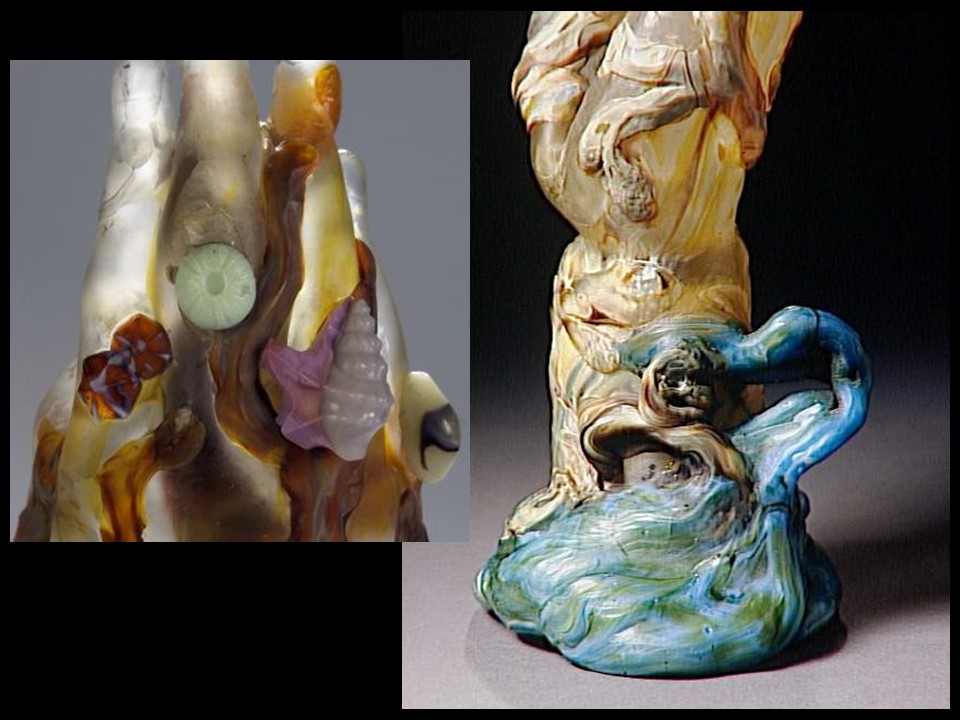
Hand With Seaweed and Shells (Details), 1904, Glass modeled under heat with inclusions of metallic oxides, veins, applications in low and high relief and wheel engraving, 33.4 x 13.4 cm, Musée d’Orsay https://www.panoramadelart.com/main-galle and https://art.rmngp.fr/fr/library/artworks/emile-galle_la-main-aux-algues-et-aux-coquillages_inclusion_grave-a-la-roue-verre_cristal-matiere_application-a-chaud_1904
According to the Musée d’Orsay experts, Hand With Seaweed and Shells is a strangely and ambiguously connoted work questioning if the artist’s work depicts a Hand coming out of the water or if it shows a Hand slowly sinking into it. Does it symbolize life or death? Is it an allusion to Aphrodite being born from the foam in the Ionian sea, or to Ophelia floating along the current? Is this Hand, despite appearances – fineness of the fingertips, shells looking like rings – really a woman’s hand, or is it the artist’s own hand? Whatever the answers are, this is exceptional… a work of art inspired by the world of the sea. https://www.musee-orsay.fr/en/exhibitions/hand-seaweed-and-shells-emile-galles-artistic-testament-196300
For a PowerPoint on Émile Gallé and the World of the Sea, please… Check HERE!
